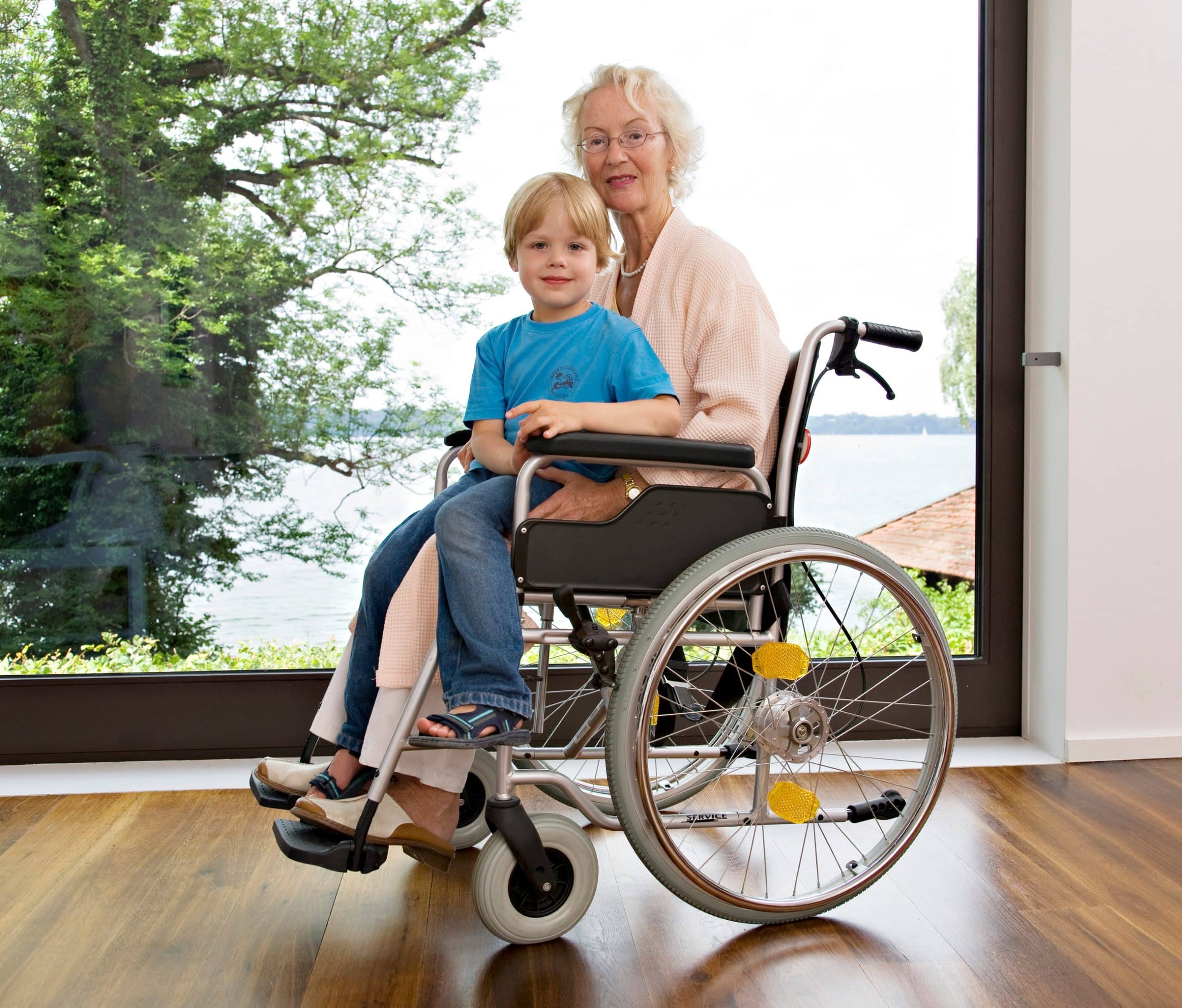The ever-growing menace of traffic congestion, pollution, and health concerns has shed light on the need for a paradigm shift in urban transportation. This move calls for a reduction in car dependence and increased use of sustainable modes of transport like walking, cycling, and public transportation. Real estate development plays a significant role in shaping this change. By incorporating bike-friendly designs and infrastructures into their projects, they can promote cycling and reduce reliance on automobiles.
Cycling: A sustainable solution for urban transportation woes
Cycling is not just a leisure activity, it is an effective solution to several urban problems. Congestion is a significant issue in most cities worldwide. As urban areas continue to expand and more people rely on cars for transportation, traffic problems continue to worsen.
A lire également : What Are the Benefits of Using Modular Construction for New Housing in the UK?
Research shows that switching to bikes can significantly reduce traffic. According to studies, if 10 percent of car users switched to cycling, traffic congestion could decrease by 40 percent. A significant decrease in traffic not only leads to less travel time but also reduces air and noise pollution.
Additionally, cycling is beneficial for public health. Regular cycling can help improve cardiovascular health, increase fitness levels, and reduce stress. As such, promoting cycling can contribute to a healthier urban population.
Sujet a lire : How to Create Allergy-Friendly Homes in UK Real Estate Developments?
Role of Real Estate Developments in Promoting Cycling
Real estate developments have a direct impact on the transportation choices of people. The location, design, and amenities of a development can encourage or discourage certain modes of transportation. By implementing bike-friendly measures in their projects, developers can play an active role in promoting cycling.
One of the practical ways is to provide ample bike parking facilities. Lack of secure bike parking is a significant barrier to cycling. By providing well-designed and well-located bike parking, developers can alleviate this concern and encourage more people to cycle.
Another approach is to integrate cycling paths into the development. Dedicated bike lanes provide a safe and comfortable environment for cyclists and can significantly increase cycling rates. Furthermore, integrating bike paths with public transportation can promote multimodal travel and further reduce car dependence.
Reducing Car Dependence: A Challenge and an Opportunity
Despite the apparent benefits of cycling, reducing car dependence is a challenging task. Cars offer unmatched convenience and comfort, and for many, they symbolize status and achievement. Changing this mindset and behavior requires a well-planned and concerted effort from all stakeholders, including real estate developers.
However, this challenge also presents an opportunity. As more and more people are becoming aware of the problems associated with car dependence, they are looking for alternatives. Developers who can cater to this changing demand and provide bike-friendly projects can gain a competitive edge.
Achieving Sustainable Transportation: A Collaborative Effort
While real estate developers have a significant role to play, promoting cycling and reducing car dependence is not their responsibility alone. It requires a collaborative effort from the government, city planners, transportation engineers, and the public.
The government needs to enact policies that incentivize cycling and discourage car usage. These can include tax benefits for bike users, congestion charges for cars, and regulations that require developers to incorporate bike-friendly designs.
City planners and transportation engineers can contribute by designing bike-friendly cities. This involves creating a network of bike lanes that connect residential areas with commercial centers, schools, parks, and other key destinations.
Finally, the public needs to embrace cycling and use it not just for leisure but for commuting as well. Public awareness campaigns can help in this regard by highlighting the benefits of cycling and the problems associated with car dependence.
The Future of Urban Transportation
Reducing car dependence and promoting cycling is not just a possibility; it is a necessity. With increasing urbanization and population growth, traffic congestion and pollution are only going to worsen unless we take proactive steps.
Cycling offers a viable and sustainable solution to these problems. By incorporating bike-friendly designs, real estate developers can play a crucial role in promoting cycling. However, achieving this transformation would require the efforts of all stakeholders.
As we move towards the future, let’s hope that more and more cities embrace cycling and transform into bike-friendly cities. Let’s work together to make this vision a reality.
Influencing Urban Design to Accommodate Cycling
The urban design, or the built environment, plays an instrumental role in shaping our transportation habits. Cities that are designed to be car centric tend to have higher rates of automobile usage and hence, higher vehicle miles traveled. According to a special report on public transit, people are more likely to use public transport or opt for walking or cycling if their city is designed in a way that supports these modes of transportation.
Urban design is not just about the physical layout of a city. It also includes the policies, systems, and structures that govern how we use and interact with our cities. This can include everything from zoning laws to transportation infrastructure. Real estate developers, in coordination with city planners, can influence these factors to promote cycling.
For instance, developers can advocate for mixed development, where residential, commercial, and leisure spaces are located in close proximity. This reduces the need for long-distance travel and makes cycling a more feasible option. As highlighted in several articles on Google Scholar and Pubmed Google, mixed development is associated with increased rates of walking, cycling, and public transport usage.
Developers can also lobby for better cycling infrastructure. This includes not just bike lanes but also other facilities like bike share stations, bike repair stations, and end-of-trip facilities like showers and lockers. A free article on PMC highlighted that the availability of such facilities can significantly increase cycling rates.
Developers can also influence policy-making. They can push for policies that require the inclusion of bike lanes in all new developments, or that offer incentives for green buildings that promote sustainable modes of transport.
Conclusion: A Paradigm Shift towards a Sustainable Future
As we grapple with the challenges of climate change, congestion, and public health, it is clear that we need to rethink our urban transportation systems. Reducing car dependence and promoting cycling is no longer just an option; it’s an imperative.
Real estate developers can play a key role in this transformation. From incorporating bike-friendly designs into their projects to advocating for mixed development and better cycling infrastructure, they have the power to shape our cities and influence our transportation habits.
However, this is not a task that they can achieve on their own. As stressed earlier, it requires a concerted effort from all stakeholders, including government agencies, city planners, transportation engineers, and the public.
The good news is that this transformation is already underway in many cities around the world. From Copenhagen to Bogota, cities are embracing cycling and transforming into bike-friendly cities. As per a special report, cities with protected bike lanes have seen a surge in cycling rates.
However, we still have a long way to go. A lot more needs to be done to reduce our reliance on cars and promote sustainable modes of transport. Let’s hope that as we move towards the future, more and more cities embrace this change and transform into bike-friendly cities. Let’s work together to make this vision a reality. The future of urban transportation depends on it.







